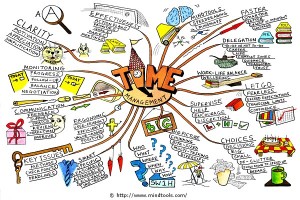 Hi everyone. The last three posts have dealt with serious topics, so for a change of pace, here are more classic nonprofit jokes. We nonprofit staff are always asked to come to parties. Well, you can be the life of any party with these jokes. Write yours in the comment section.
Hi everyone. The last three posts have dealt with serious topics, so for a change of pace, here are more classic nonprofit jokes. We nonprofit staff are always asked to come to parties. Well, you can be the life of any party with these jokes. Write yours in the comment section.
***
A Development Director walks into a bar, orders six shots of tequila, and quickly downs them. “Rough day?” asks the bartender. “Yeah,” the DD responded, “My car got stolen and I walked home to find my house on fire and my dog missing.” “I can see why you downed six shots,” said the bartender. “Oh, no,” said the Development Director, “I can handle those things. Those shots were for the annual gala tomorrow.”
***
Why did the founding board member cross the road?
Don’t be ridiculous. A founding board member would never cross a road.Continue reading →





